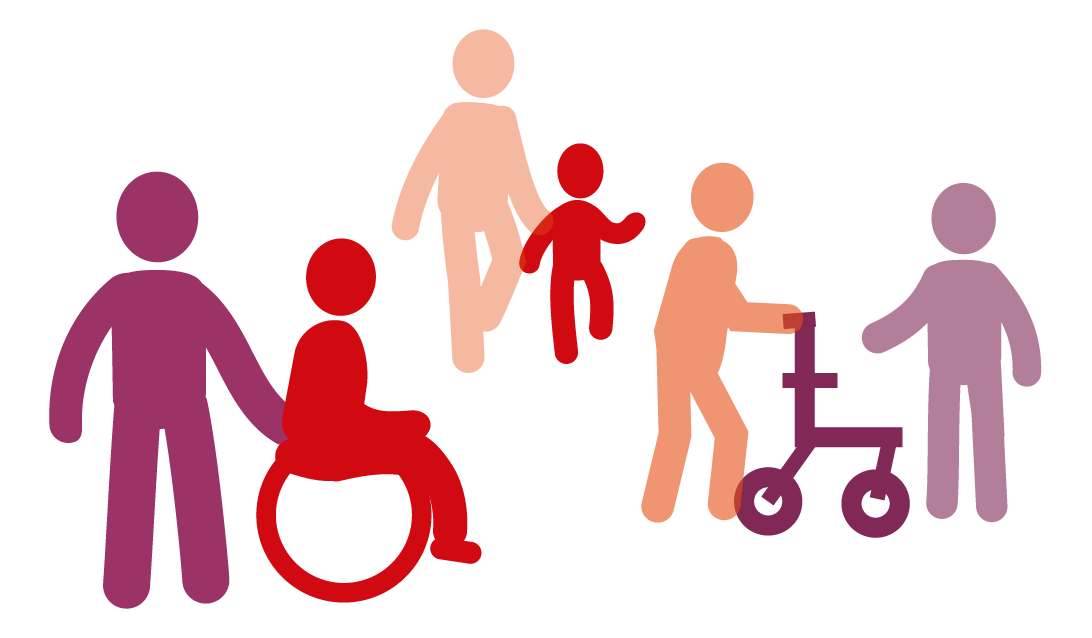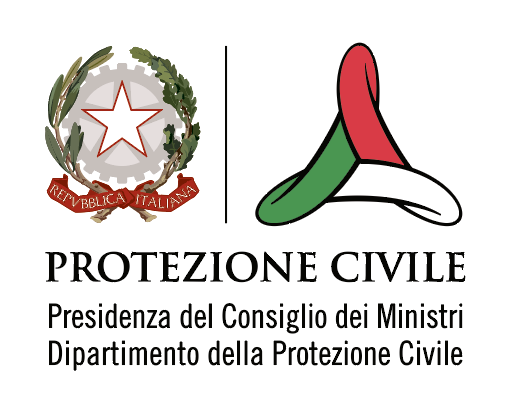Cross-cutting issues
Natural disasters are gender neutral, but their impacts are not. Integrating environment, climate, gender and human rights in IPA CARE is core. Their contributions to a resilient Disaster Risk Management are indisputable.
To achieve the IPA CARE programme objectives, the systematic integration of gender, human rights, environment and climate change issues in the programme is crucial. It ensures that the programme contributes to stronger legal and institutional frameworks and prevention, preparedness, and response capabilities of the Partners. It enhances the sustainability and resilience of society as a whole, leaving no one behind. The application of these perspectives in the programme serves as a common core value of the IPA CARE Consortium and the EU and is a shared responsibility for the Programme as a whole and for everyone who is involved.
-
Frameworks and commitments guiding the integration of cross-cutting issues
The work is guided by global and EU commitments and frameworks for Disaster Risk Management (DRM), including the Sendai Framework for DRR, Agenda 2030, EU Disaster Resilience Goals, The European Framework for DRR, the Paris agreement on climate change and the EU Gender Equality strategy and Action Plan III. By promoting the integration of gender, human rights, environmental and climate change considerations as cross-cutting issues (CCIs) in in the programme, the IPA CARE seeks to contribute to the achievement of these commitments and goals.
The programme has adopted a systematic approach and seek to apply the gender, human rights, environmental and climate change perspectives as cross-cutting issues (CCIs) into all phases and parts of the programme, including in the planning, implementation, and follow-up of programme activities and within all the thematic areas of the programme.
To operationalise the approach, the IPA CARE promotes the application of a number of key principles (CCI principles) outlined in the IPA CARE Policy for cross-cutting issues. To further support the practical implementation of the CCI principles into programme activities, the IPA CARE Checklist for integrating cross-cutting issues into programme activities has been developed as a supporting tool to the planning, delivery and evaluation of programme activities. Both documents are accessible via the links below.
IPA CARE Policy for cross-cutting issues
IPA CARE Checklist for integrating cross-cutting issues into programme activities
Gender and Human Rights in Disaster Risk Management
Women, girls, boys, and men, of diverse gender identities, backgrounds and abilities, are affected differently by disaster risks and emergencies. The differences are heavily influenced by how social norms and inequalities, and gender norms and gender inequality in particular, shape people’s lives and their ability to reduce risks of, prepare for, cope with, and recover from disaster events. When disaster strikes, pre-existing inequalities are often exacerbated and the effects of gender inequalities worsen. For example, gender-based violence commonly increases or intensifies. Women and girls, youth, elderly, people with disabilities and other minority groups are often disproportionately vulnerable to and affected by disasters, including the effects of climate change.
To achieve a safe, sustainable, and resilient society for all, leaving no one behind, the integration of the gender and human rights perspectives into disaster risk management is key.
-
Gender and a Human Rights Based Approach: Principles in Programme implementation
IPA CARE principles in the programme activities
• Participation and inclusion, focuses on promoting participation of the society as a whole and make sure that a broad representation of actors and groups in the population are included in DRM efforts, such as consultations, networks and data collection methods.
• Non-discrimination and equality, seeks to promote equal treatment of all people in DRM efforts. Equally, it focuses on taking positive steps to address existing patterns of discrimination based on sex, age or disability, and to counteract inequality.
• Transparency and accountability, touches upon the importance that DRM actors, and especially state actors as the “duty bearers”, work in a transparent way to allow for public scrutiny of their actions.
• Do no harm: must be at the centre of all DRM efforts to ensure people are not exposed to additional risks, e.g. related to safety and security.
Environment and Climate Change in Disaster Risk Management
Humans and societies depend on ecosystems, ecosystem services, and natural resources. Acknowledging this reliance is an important first step in protecting and using the power of ecosystems to strengthen societal resilience and strive for sustainable development. An environmental perspective is key to ensure that DRM processes consider environmental threats, risks, vulnerabilities, and consequences in relation to disasters. An important aspect is how human demands on ecosystems and natural resources are drivers for new disaster risks and vulnerabilities or exacerbate pre-existing risks and vulnerabilities.
To achieve a safe, sustainable, and resilient society for all, where we do more good than harm, the integration of the environmental perspective into DRM efforts is key.
-
Environment and climate: Priciples in Programme implementation
Principles in Programme implementation
• Holistic approach to resilience. Meaning that we have a dual mind set when it comes to how environmental systems both act as drivers and subjects to disasters and that we apply an innovative approach to solutions, e.g., socio-ecological innovations.
• Ecosystem-based approach. It is very clear when looking at several of the steering frameworks that environmental systems and climate change adaptation play a key role in solving several of the largest challenges to a safe and resilient society today. The concept of Nature-based solutions (NBS) is very relevant to include here.
• Context awareness. Building on existing initiatives and legislation as well as active engagement of local, regional and global environmental stakeholders in DRM is key to promote better results within environmental integration in DRM. Ministries, agencies, the scientific community, local communities, civil society organisations, as well as the private sector, could be engaged at relevant stages.
• Do no harm (do more good than harm). The environmental impacts of DRM interventions are important to consider, and should be continuously monitored and evaluated. “Do no harm” is a principle. DRM interventions will always leave some kind of environmental footprint (harm), yet, the overall purpose of IPA CARE actions is to save lives and alleviate suffering (good). Therefore, the adapted principle of “do more good than harm”, in response action, might be more useful and accurate.
Training, coaching, mentoring, network building, exchange of expertise, technical advisory support and co-development of strategic documents are all examples of the diversified and widely applicable toolbox that is available to IPA CARE to enhance skills and capacity throughought all phases and thematic areas of the Programme.
All staff involved in the programme play an important part in promoting the CCI principles in their work. Two advisors at the Swedish Civil Contingencies Agency (MSB) work closely with the Programme management team, consortium experts and Partners in the planning, implementation and follow up of activities.
For questions, please contact the IPA CARE Cross-Cutting Issues advisors.








